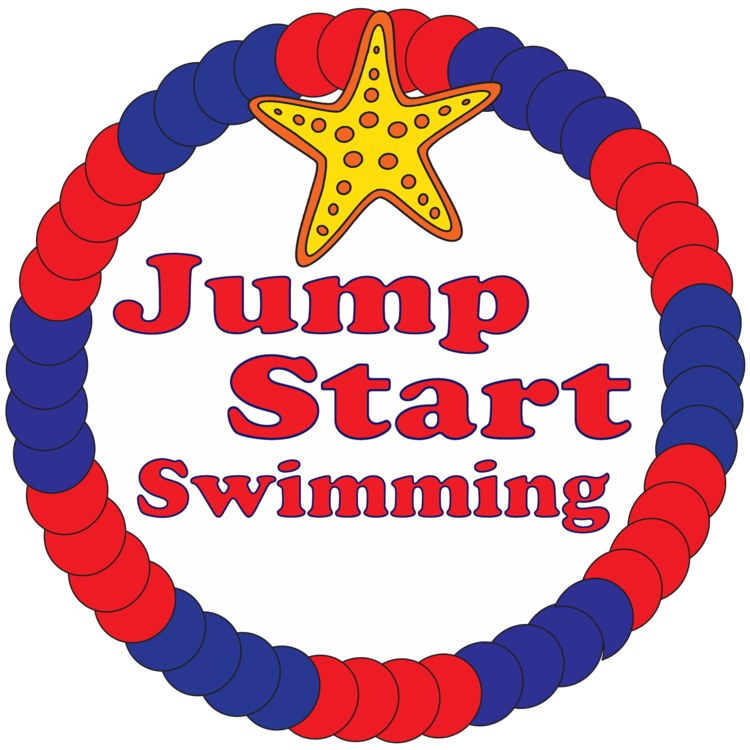Drowning Prevention
According to the Center for Disease Control and Prevention:
In the United States.....
Every day, about ten people die from unintentional drowning
Drowning ranks fifth among the leading causes of unintentional injury death
Approximately 3,500 people die from drowning each year in the United States alone.
One in five people who die from drowning are children under 14
Children ages 1 to 4 have the highest drowning rates.
In 2009, among children 1 to 4 years old who died from an unintentional injury, more than 30% died from drowning
For every child who dies from drowning, five more receive emergency medical care for non-fatal drowning
More than 50% of drowning victims treated in emergency departments require hospitalization or transfer for further care
The main factors that influence drowning include....
Lack of Swimming Ability: Many adults and children report that they can’t swim. Research has shown that participation in formal swimming lessons can reduce the risk of drowning among children aged 1 to 4 years.
Lack of Barriers: Barriers, such as pool fencing, prevent young children from gaining access to the pool area without caregivers’ awareness. A four-sided isolation fence (separating the pool area from the house and yard) reduces a child’s risk of drowning 83% compared to three-sided property-line fencing.
Lack of Close Supervision: Drowning can happen quickly and quietly anywhere there is water (such as bathtubs, swimming pools, buckets), and even in the presence of lifeguards.
Location: People of different ages drown in different locations. For example, most children ages 1-4 drown in home swimming pools. The percentage of drownings in natural water settings, including lakes, rivers and oceans, increases with age. More than half of fatal and nonfatal drownings among those 15 years and older (57% and 57% respectively) occurred in natural water settings
Failure to Wear Life Jackets: In 2010, the U.S. Coast Guard received reports for 4,604 boating incidents; 3,153 boaters were reported injured, and 672 died. Most (72%) boating deaths that occurred during 2010 were caused by drowning, with 88% of victims not wearing life jackets.
Alcohol Use: Among adolescents and adults, alcohol use is involved in up to 70% of deaths associated with water recreation, almost a quarter of ED visits for drowning, and about one in five reported boating deaths. Alcohol influences balance, coordination, and judgment, and its effects are heightened by sun exposure and heat.
Seizure Disorders: For persons with seizure disorders, drowning is the most common cause of unintentional injury death, with the bathtub as the site of highest drowning risk.
What has research found?
Swimming skills help. Taking part in in formal swimming lessons reduces the risk of drowning among children aged 1 to 4 years. However, many people don’t have basic swimming skills. A CDC study about self-reported swimming ability found that:
Younger adults reported greater swimming ability than older adults.
Self-reported ability increased with level of education.
Men of all ages, races, and educational levels consistently reported greater swimming ability than women.
Seconds count—learn CPR. CPR performed by bystanders has been shown to save lives and improve outcomes in drowning victims. The more quickly CPR is started, the better the chance of improved outcomes.
Life jackets can reduce risk. Potentially, half of all boating deaths might be prevented with the use of life jackets.
What can parents do to prevent this from happening to their child?
Supervise When in or Around Water. Designate a responsible adult to watch young children while in the bath and all children swimming or playing in or around water. Supervisors of preschool children should provide “touch supervision”, be close enough to reach the child at all times. Because drowning occurs quickly and quietly, adults should not be involved in any other distracting activity (such as reading, playing cards, talking on the phone, or mowing the lawn) while supervising children, even if lifeguards are present.
Use the Buddy System. Always swim with a buddy. Select swimming sites that have lifeguards when possible.
Learn to Swim. Formal swimming lessons can protect young children from drowning. However, even when children have had formal swimming lessons, constant, careful supervision when children are in the water, and barriers, such as pool fencing to prevent unsupervised access, are still important.
Learn Cardiopulmonary Resuscitation (CPR). In the time it takes for paramedics to arrive, your CPR skills could save someone’s life.
Air-Filled or Foam Toys are not safety devices. Don’t use air-filled or foam toys, such as "water wings", "noodles", or inner-tubes, instead of life jackets. These toys are not life jackets and are not designed to keep swimmers safe.
Avoid Alcohol. Avoid drinking alcohol before or during swimming, boating, or water skiing. Do not drink alcohol while supervising children.
All of these statistics and more can be found at www.cdc.gov.





